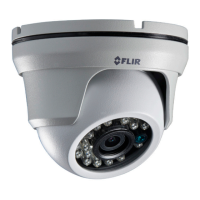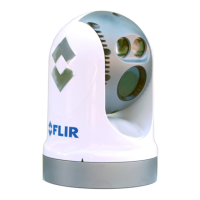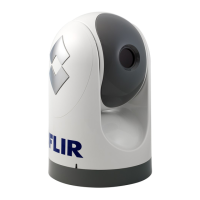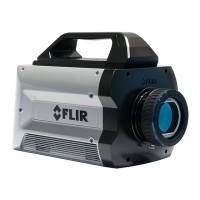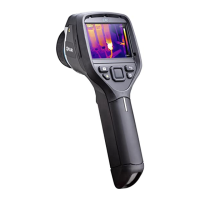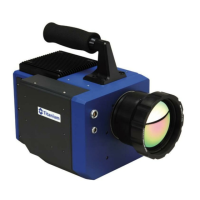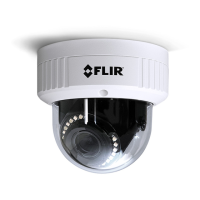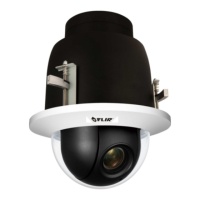1.0 Document
1.1 Revision History
1.2 Scope
Tau ™ is a miniature infrared imaging core from FLIR Systems®. This Quick Start includes information
required for first-time use of the Tau Camera.
The FLIR website will have the newest version of this document as well as offer access to many other
supplemental resources: http://www.flir.com/cvs/cores/resources/
Here is a sample of some of the resources that can be found:
Quick Start Guide for first-time use
FLIR Camera Controller GUI User’s
Guide
Detailed Descriptions for functions and adjustments for FLIR
cameras using the FLIR Camera Controller GUI
Tau 2 Product Specification
Product specification and feature description
Written for Electrical Engineers to have all necessary
information to interface to a Tau 2 camera
Written for Software Engineers to have all necessary information
for serial control of Tau 2 and Quark
Assorted Mechanical Drawings and
Models
There are drawings and 3D models for various camera
configurations for mechanical integration
Written for Systems Engineers and general users of advanced
features such as Gain Calibration, Supplemental FFC
Calibration, NVFFC Calibration, Camera Link, On-Screen
Symbology, AGC/DDE explanation, Camera Mounting, Spectral
Response, Optical Interface for lens design, and others.
There is also a large amount of information in the Frequently Asked Questions (FAQ) section on the
FLIR website: http://www.flir.com/cvs/cores/knowledgebase/. Additionally, a FLIR Applications
Engineer can be contacted at 888.747.FLIR (888.747.3547).
2.0 Unpacking the Camera
When unpacking the camera, please heed customary electrostatic-discharge (ESD) sensitive device
precautions including static-safe work station and proper grounding. The Tau camera is packaged in foam
to prevent damage during shipping. It is also placed in a conductive anti-static bag to protect from
electrostatic-discharge damage.
Disassembling the camera can cause permanent damage and will void the warranty. Operating the camera
outside of the specified input voltage range or the specified operating temperature range can cause
permanent damage. The camera back is not sealed. Avoid exposure to dust and moisture. This camera
contains electrostatic-discharge-sensitive electronics and should be handled appropriately.
